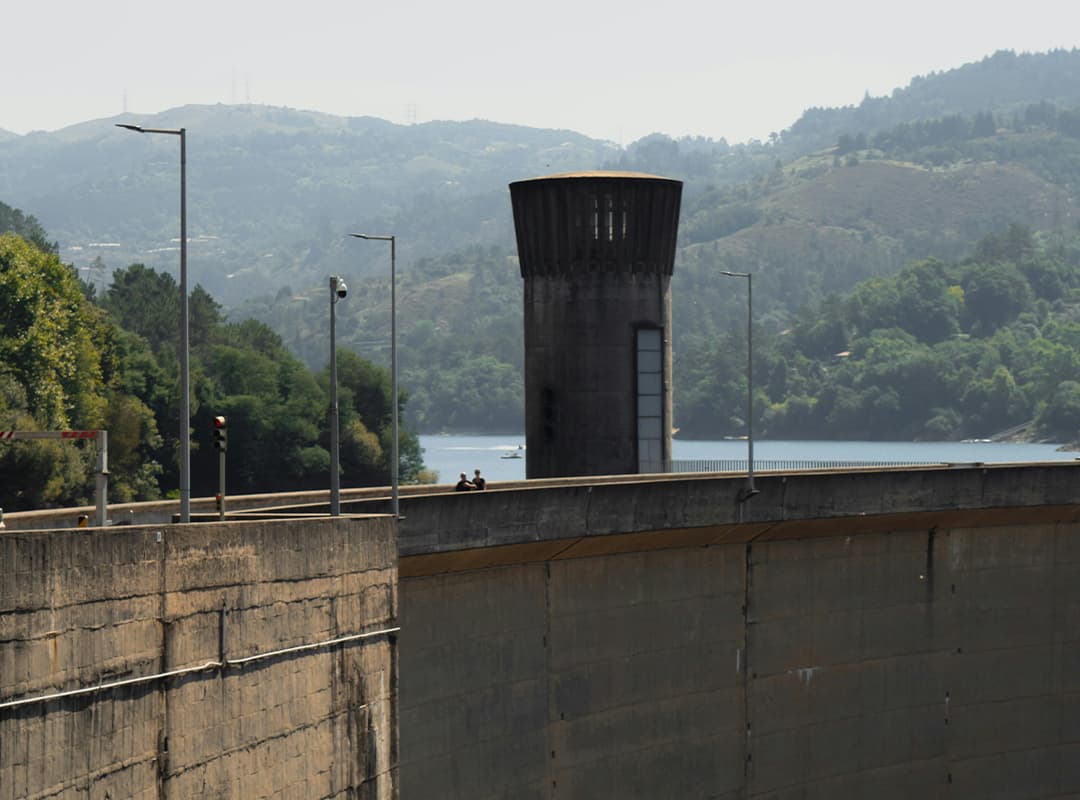Small hydropower plants (SHPPs) are considered to be one of the most environmentally friendly sources of energy, but their environmental impact is not always clear. A proper understanding of the environmental impact of small hydropower plants is important for developing effective strategies for sustainable energy development. In this article, we will look at the key aspects of the environmental impact of hydropower and ways to balance energy needs and environmental protection.
Impact on river ecosystems
One of the main problems associated with hydropower plants is their impact on river ecosystems. The construction of dams and flooding of areas to create reservoirs can lead to changes in river flows, current speed and water temperature. This can affect local people, including fish, water birds and other species that depend on the river’s natural environment.
Hydrological changes
Hydropower plants can affect the hydrological cycles of rivers, especially during periods of low flow. The operation of hydropower plants can lead to a decrease in water resources downstream, which can negatively affect ecosystems in the valley and people who depend on river water for irrigation and drinking water.
Sedimentation and erosion
The creation of the HPP reservoirs can lead to the retention of sediments that were previously transported along the river. This can lead to the loss of fertile soil vegetation and water pollution due to the decomposition of organic matter in the flooded mass.
Threat to biodiversity
The construction of hydropower plants can pose a threat to local biodiversity, including rare species of plants and animals in the construction or flooding zone. This can affect the stability of ecosystems and threaten the survival of some species.
Sustainable use of hydropower plants
Despite the environmental challenges, hydropower remains an important source of low-carbon energy. To ensure the sustainable use of hydropower, it is important to consider potential environmental impacts when designing, building and operating plants. The development of technologies that reduce environmental impact can also contribute to the conservation of natural resources and biodiversity.
Small hydropower plants can be an important source of clean energy, but their construction and operation can have significant environmental impacts. To ensure the sustainable use of hydropower, it is necessary to consider environmental aspects at all stages of project development and to seek trade-offs between energy needs and environmental protection.
